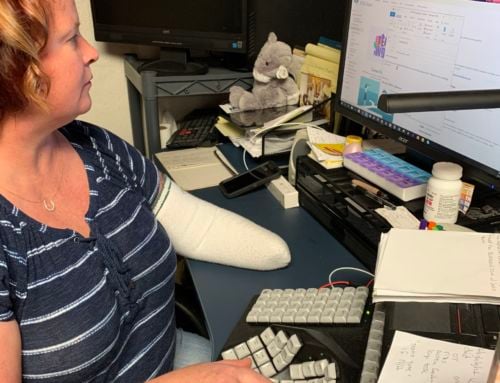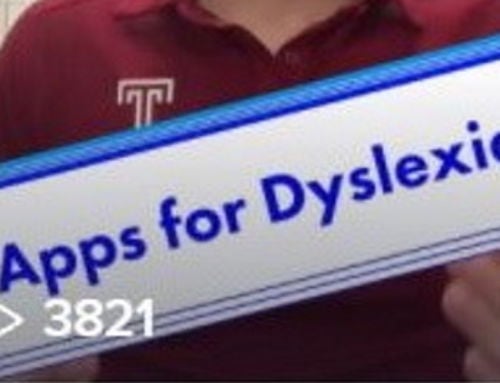Strategies for Teaching Writing to Students who are Deaf or Hard of Hearing


Thanks to the QIAT Listserv community for these recommendations, particularly Joan Breslin Larson in MN. The inquiry came from Gail Bowser who wrote:
“For an elementary-age student with a significant hearing impairment, what are some strategies for teaching writing? The student’s verbal expressive language skills are impacted by the hearing loss. Are there strategies to help him learn word-order, spelling and grammar and basic composition that might be tailored to his specific needs? Are there ways that technology can help with this?”
Larson responds with three online resources to know about:
Strategic Instruction Model (SIMS)
“Our teachers of Deaf/Hard of Hearing have been learning about Strategic Instruction Model (SIMS) which has also been called Kansas Learning Strategies. While this was developed for kids with LD issues, it has also benefited our students with hearing loss and language access needs here in MN”
Strategic and Interactive Writing Instruction (SIWI)
“University of TN is doing some IES-funded research on writing strategies for students who are DHH”
Visual Phonics
“Another tool that is helpful for supporting the development of reading and writing skills in students who are DHH is Visual Phonics. This one would probably be most effective in supporting spelling, vs. grammar, word order, etc.”
And a fourth recommendation comes from Heidi Givens in Kentucky via Twitter (a former educator of deaf and hard of hearing students):
Bedrock Literacy and Educational Services for Deaf and Hard of Hearing Students
“The goal is simple: To provide Deaf and Hard of Hearing students with a foundation of English literacy skills through activities and strategies that build success at every step,” says the website.
Read the QIAT conversation on this topic
Reminder: AT3 Center makes no endorsement, representation, or warranty expressed or implied for any product, device, or information set forth on this website. AT3 Center has not examined, reviewed, or tested any product or device here referred to.
Monthly Blog Digest
Search the blog
State AT Program Blogs
California
Florida
Indiana
Kentucky
Louisiana
Maryland
Massachusetts
Michigan
Montana
North Carolina
North Dakota
Utah
State AT Program Blogs
The AT3 Center, the Association of AT Act Programs (ATAP), and the Administration on Community Living (ACL) make no endorsement, representation, or warranty expressed or implied for any product, device, or information set forth in this blog. The AT3 Center, ATAP, and ACL have not examined, reviewed, or tested any product or device hereto referred.








